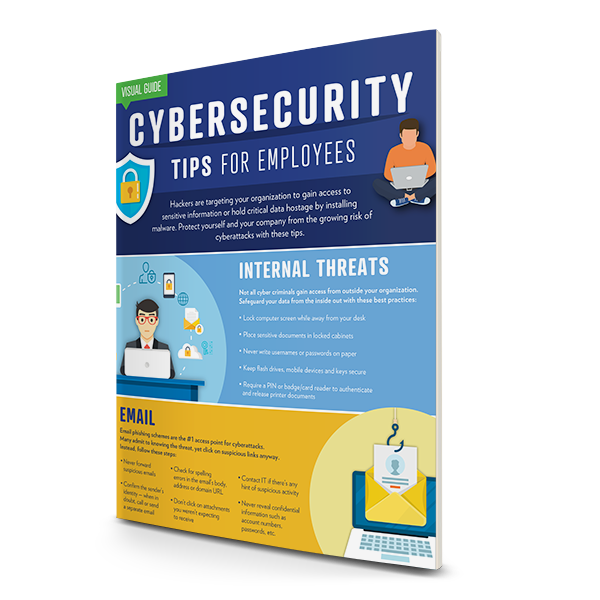No one is exactly sure who invented Cloud computing. According to some historians, it was invented in the 1960s by JCR Licklider who played an important role in developing the early internet. Others say it was John McCarthy who proposed the idea of computers being offered as a public utility.
The truth is that Cloud computing, as it’s understood today, is a combination of both Licklider’s technological insight and McCarthy’s vision. While the Cloud is by no means a public utility, it has made computing power available as a service that businesses and individuals can buy online for much less than it costs to buy your own hardware, software and administrators.
Why Do We Need the Cloud?
Cloud computing is necessary because the growth of data is clobbering business IT environments, our federal government, federal court system and pretty much any data-driven business. Some industries, like medical or financial services, are finding new and innovative ways to create terabytes of data — whether it be brain scans or high-frequency trading data — that may need to be preserved for decades. In the 1970s, Bill Gates said, “No one will need more than 637 kb of memory for a personal computer.” Today, personal computers ship with 2 terabyte hard drives.
Cloud computing solves the problem of exploding volumes of data by using technological innovations of distributed computing. In 1999, Salesforce.com pioneered the concept of delivering enterprise applications through a website so the application and your sales data was stored entirely on Salesforce’s computers. It quickly became a new model for application developers in almost every industry.
The next tectonic shift in the computing industry arguably came when Amazon Web Services (AWS) went online in 2002. The online retailer took advantage of its massive computing resources to offer a suite of Cloud-based infrastructure services including storage and computation to anyone with a credit card. Then, in 2006, Amazon launched the Elastic Compute Cloud (EC2) as a commercial web service that allowed small companies and individuals to rent computers on which to run their own applications. That means entrepreneurs and developers never need to buy their own data centers and servers to launch a new service; they just rent space in the Cloud.
If your organization does business on the internet or uses big data, building a data center rarely makes sense anymore. For example, here in Madison, Wisconsin — where the Gordon Flesch Company is headquartered — the University of Wisconsin–Madison has debated building its own data center for years. In the end, the university decided to offload more research and computing power to Cloud providers like google and AWS. That means hundreds of university researchers and students have access to unlimited computing resources, rather than the limited options the school could afford to buy.
That’s Great, But What About the Future of Cloud Computing?
Despite its increased adoption, Cloud computing has several hurdles to overcome. The most fundamental is that people don’t like giving their personal or business data to another company. That hurdle can only be overcome with time and as more and more businesses become comfortable with the arrangement. But other, more concrete issues Cloud services must contend with include:
- Latency (small time delays)
- Security
- Network reliability
- Performance
- Guarding against online attacks that can shut down services
As the internet grows and evolves, Cloud providers are beginning to investigate artificial intelligence, blockchain and other new technologies. Blockchain will allow Cloud services to not only offer increased layers of security and data integrity, but it will allow services to become more decentralized as the computing power of a blockchain network are harnessed to make Cloud networks more powerful and efficient.
In effect, blockchain could harness the computing power of the entire Internet for something other than mining cryptocurrency. Many predict that the future of the Cloud could be serverless, meaning that rather than working with one service provider, a serverless architecture would allow customers to move their applications, data and services between multiple providers.
Recently, AWS began offering machine learning and AI services for “expert practitioners.” But as the AI libraries become more widely available, Cloud customers will be able to build applications using the ready-made AI libraries. That means more intelligent applications and more powerful computing resources will be available to businesses of all sizes. Writing artificial intelligence and machine learning natively into applications is going to be standard practice and will no longer require a PhD in computer science to accomplish.
Though the Cloud remains a mystery to some, it has become more of a utility service to many others. The good news is that computing power is only going to become greater, the cost will become less and users won’t need to understand how the Cloud works in order to benefit from the new capabilities it offers. Interested in finding out how your organization could benefit from Cloud computing and remain on the leading edge of technology? Contact the team of experts at the Gordon Flesch Company today!





%20cropped.jpg)



